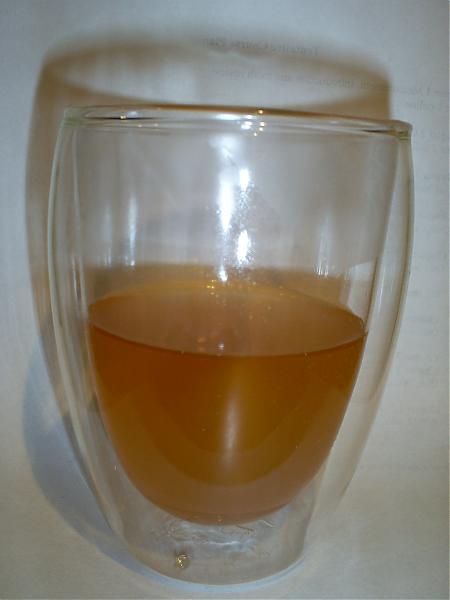CodeRage
Death by Magumba!
So, another thread had brought up the high density high wattage elements may cause scorching. Well, I was at home depot and found a 5500W HD element for $13. I figured screw it, let's try it.
So, I replaced my 4500 ULWD element with it. Testing the system for leaks now. What I can tell you is this thing is much louder than my old element and heats pretty damn fast. 6.75 gallons from 100 to boiling just at a half hour.
Back to the experiment. I think I am going to brew a batch of Ed's Pale Ale and see how it turns out.
attached is the 4.5kW element next to the 5.5kW element and a pic of the 5.5kW installed. I kind of like the smaller one, the ULWD just touched my pick up at the bottom of the BK.


So, I replaced my 4500 ULWD element with it. Testing the system for leaks now. What I can tell you is this thing is much louder than my old element and heats pretty damn fast. 6.75 gallons from 100 to boiling just at a half hour.
Back to the experiment. I think I am going to brew a batch of Ed's Pale Ale and see how it turns out.
attached is the 4.5kW element next to the 5.5kW element and a pic of the 5.5kW installed. I kind of like the smaller one, the ULWD just touched my pick up at the bottom of the BK.






